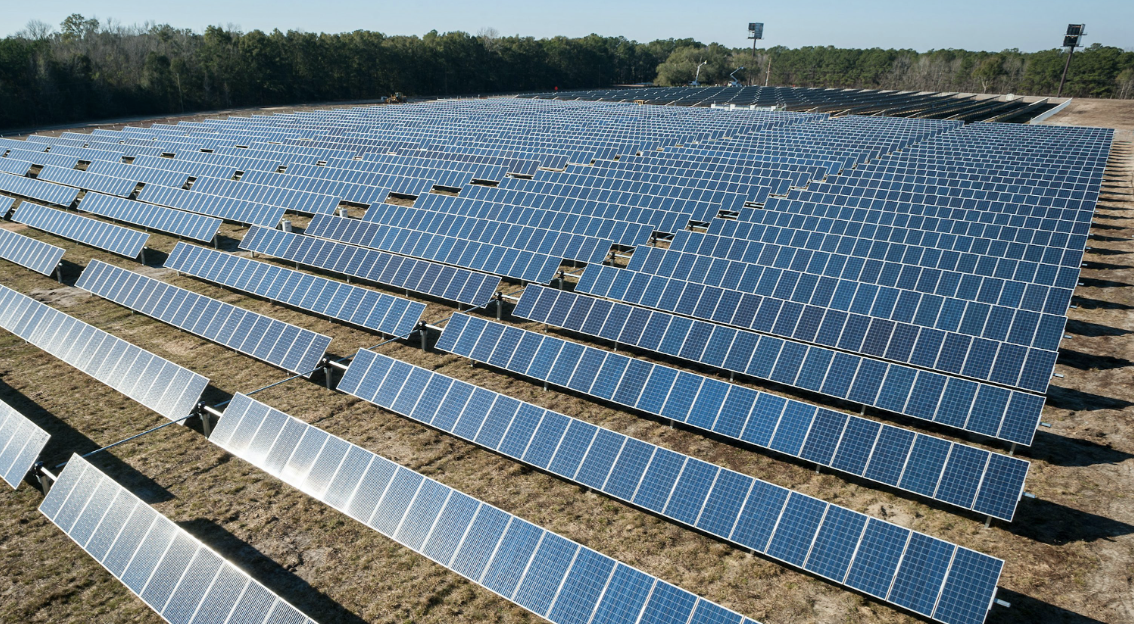The Importance of SCADA and DAS Systems in a Utility-Scale Solar PV Farm
In the rapidly evolving landscape of renewable energy, utility-scale solar photovoltaic (PV) farms have emerged as a cornerstone for sustainable green power generation. Years of operation has shown the industry these are not “build-it and forget-it” systems, so accurate and pertinent data about the site’s functionality and performance are critical to the operation of these large-scale energy generators. Central to the efficient management of these solar installations are Supervisory Control and Data Acquisition (SCADA) and Data Acquisition Systems (DAS). These technologies are integral to ensuring the reliability, efficiency, and optimization of solar PV farms, playing a central role in how well these systems perform daily.
SCADA Systems: The Nerve Center of Solar PV Operations
SCADA systems are the nerve centers of utility-scale solar PV farms, providing intelligent monitoring, control, and data analysis capabilities. These systems enable operators to either locally or remotely oversee and manage the entire solar plant’s operations, from meters, to inverters to weather stations and beyond. The primary functions of SCADA systems include:
- **Real-Time Monitoring**: SCADA systems continuously monitor various parameters such as voltage, current, frequency, real and reactive power output, and ambient and module temperatures across the solar farm. This real-time data collection is crucial for detecting anomalies and ensuring the system operates within its designated parameters to meet the connected utility’s requirements.
- **Control Capabilities**: Going beyond just monitoring, SCADA systems offer robust control functionalities. Operators can adjust settings, such as inverter configurations and tracker positioning, to optimize PV performance and respond to dynamic environmental conditions. This capability ensures maximum energy yield and enhances the overall efficiency of the solar farm.
- **Alarm Management**: SCADA systems are equipped with advanced alarm and notification reporting functions as well. When an issue arises, such as a malfunctioning weather sensor or inverter, the system generates alerts, and delivers them via text or email, allowing for prompt investigation and solutions. This rapid response minimizes downtime and prevents minor issues from escalating into major problems.
- **Data Logging and Reporting**: SCADA systems meticulously log operational data frequently, storing the data, which can be analyzed to identify trends, optimize performance, and conduct predictive maintenance. Detailed reports generated by SCADA systems help maintain and document regulatory compliance and provide valuable insights for future planning and improvements.
DAS Systems: Enhancing Data Granularity and Precision
While SCADA systems provide overarching control and monitoring, Data Acquisition Systems (DAS) offer enhanced data monitoring only. DAS focuses on collecting data from various weather sensors distributed across the farm, meters and inverters to obtain an accurate snapshot of the system at any given point in time.. Key advantages of DAS include:
- **Detailed Data Collection**: DAS systems gather detailed information from numerous sensors measuring parameters like irradiance, ambient temperature, module temperature wind speed, inverter performance and site wide energy metering. This data is essential for accurately assessing the performance of individual components and the overall system.
- **Performance Analysis**: By analyzing the data from DAS, operators can identify subtle performance issues, such as shading effects or module degradation. This detailed analysis facilitates targeted operations and maintenance and production optimization strategies, ensuring the solar farm operates at peak efficiency and profitability.
- **Enhanced Predictive Maintenance**: The data collected by DAS enables predictive maintenance, where potential failures are identified and addressed before they occur. This proactive approach reduces downtime, lowers maintenance costs, and extends the lifespan of solar PV components.
Differences Between SCADA and DAS
The integration of SCADA and DAS systems has become required for solar PV farms of all sizes. The smaller the site in generation capacity, the more likely the site will utilize only DAS or on;y collect information. While the larger farms connected to the utility’’s transmission infrastructure that employ SCADA systems, provides the macro-level control and real-time monitoring necessary for real-time control functions and efficient operation. The smaller the site, thye less impact it has on the grid, hence the dichotomy of how the two different systems are employed.
Together, these systems enable operators to maximize energy production, reduce operational costs, and ensure the long-term sustainability of solar PV farms. In the context of the global shift towards renewable energy, the importance of SCADA and DAS systems cannot be overstated. They are the technological backbone that supports the efficient, reliable, sustainable, and profitable generation of solar power, contributing significantly to a greener and more resilient energy future.



